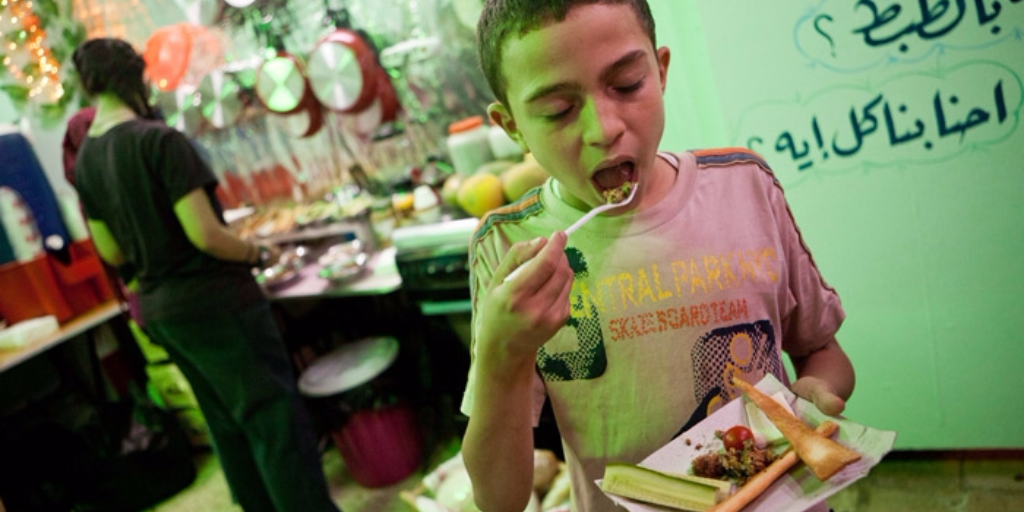By BECAUSE Asunción Molinos Gordo is an artist who has long been interested in issues relating to agriculture, rural work, and food sovereignty, and makes inventive projects that highlight them. Now living in Oman, she was based in Egypt for four years and in that time created two projects—the World Agricultural Museum (WAM) and El Matam el Mish Masry (The Non-Egyptian Restaurant)—both of which provided unique ways of presenting information, and public conversations, about Egypt’s food production and global food poverty. The WAM was a full-scaled replica museum, housed in Downtown Cairo, made in the style of Cairo’s Agricultural Museum, but telling a very different story. Through specially made objects, vitrines, dioramas and display boards, the WAM mimicked the marketing messages of agribusiness giants such as Monsanto, while also providing information on the human consequences of agribusiness-led policy. For El Matam el Mish Masry—which BECAUSE wrote about here—Molinos Gordo opened up a small, street-level restaurant in the ashwai’ya (informal neighborhood) of Ard El Lewa, as a means to serve up not just food but a discussion on what access local Egyptians have to their own produce. Ard El Lewa, like…



